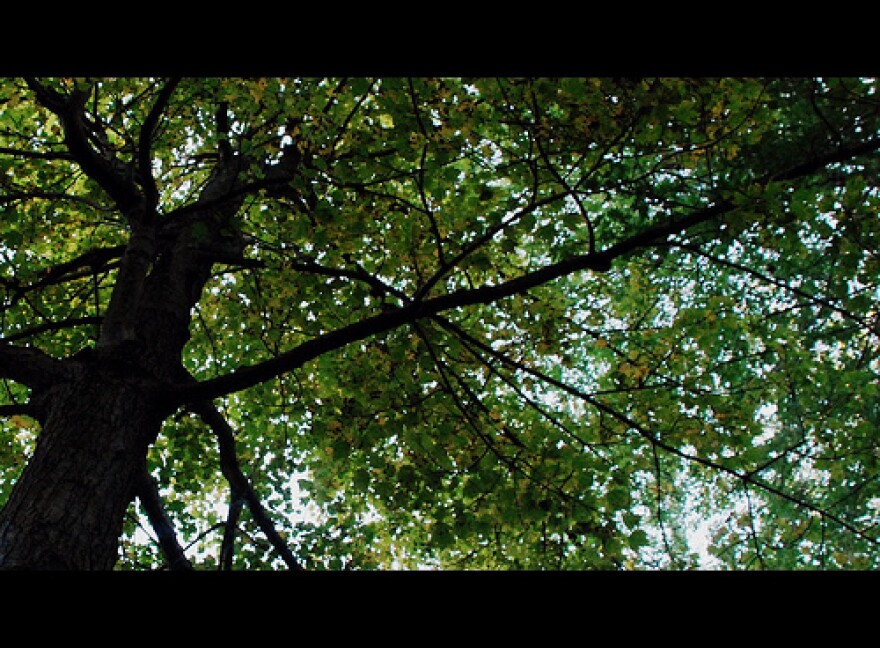Welcome summer! Today is "Summer Solstice" - the annual crest of sunlight when the sun reaches its highest point in the sky is "solar maximum." Imagine for a moment the green living infrastructure of our planet as a vast industrial factory seasonally producing carbohydrates and oxygen… call it a "manufacturing plant" if you will.
Summer Solstice creates the maximum photosynthetic potential for plants engaged in the business of converting sunlight to sugar, the carbohydrates which fuel growth of plants and virtually every animal species on the planet! The living planet's vast photosynthetic engine produces food and oxygen to sustain all carbon-based life forms.
For trees, an annual increase in girth takes place in the thin layers of living tissue located just under the bark. Tiny connective tubes in the living sapwood get smaller and smaller over the hot, dry summer months as both water and sunlight ebb. The smaller tubes create the dark portion of each annual ring you see at the end of a cut log. The actual growth mechanism of the "factory" is an expanding, living ring of connective tubes as the tree adds girth in summer. Dead heartwood which supports the tree was once living sapwood. The "factory" produces sugars in disposable, biodegradable green leaves replaced each spring (every few years for conifer needles). Sugar is converted to stable starch and stored in the root cellar.
Summer is THE season of growth for animals and plants. Take a moment to marvel at the towering wooden sugar factories we call "trees" and reflect on the miracle of the sun climbing once more to its annual apex overhead.








